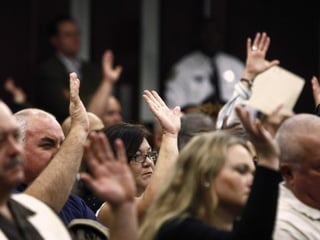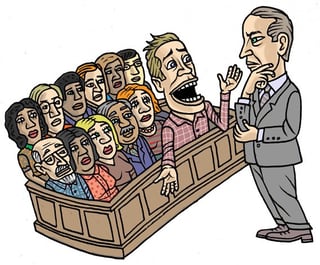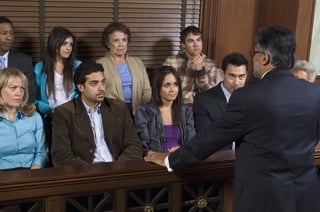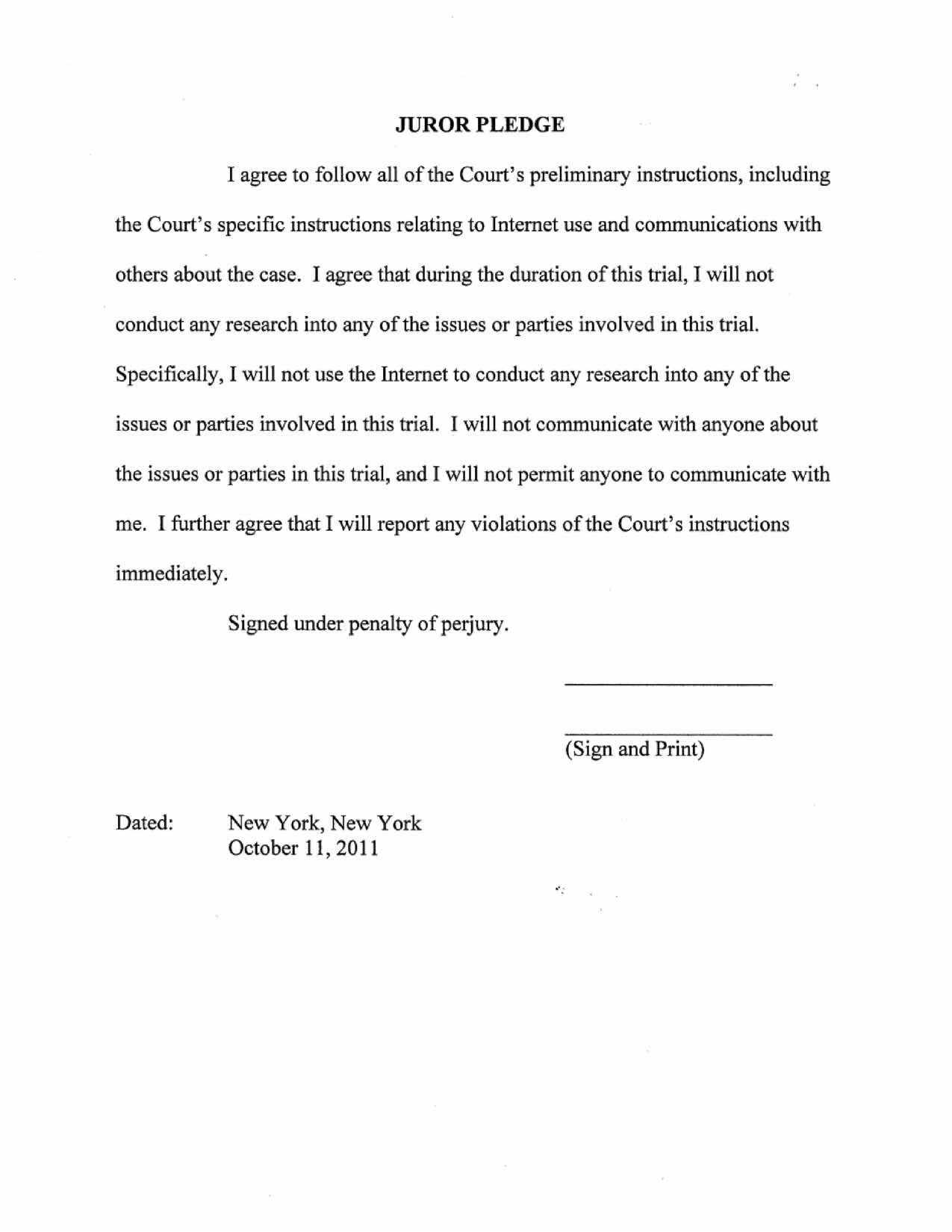March 23, 2017

In the first two tips in our series, I focused on encouraging attorneys to treat voir dire as a conversation with jurors (Tip 1) and to use techniques that help jurors become comfortable with speaking at the beginning of voir dire (Tip 2). But much, if not most, of voir dire questioning relies on having jurors raise their hands in response to your questions. Such hand-raising may be an end in itself or, as in many cases, is the gateway for follow-up individual questioning. Whether it is questioning in smaller groups (e.g., 12-14 potential jurors or less) or much larger groups (20-30 or even 100 potential jurors), encouraging jurors to participate by raising their hands is of primary importance. While attorneys rely on jurors to raise their hands, jurors are often reluctant to do so. Using techniques to encourage jurors to raise their hands at the beginning of voir dire (e.g., initial hand-raising) will help jurors feel more comfortable, fostering initial participation and setting the stage for greater participation as voir dire continues. (Click here to see a short video for this tip.)
Initial Hand-Raising
Just as we considered “breaking the ice” with jurors at the start of voir dire by asking all jurors to participate using the initial background summary technique (five initial questions) in Tip 2, we need to break the initial reluctance of jurors to raise their hands as well. There are two basic approaches to accomplishing this task. The goal of both approaches is to have everyone raise their hands, but each relies on different mechanisms to achieve this goal. The first approach relies on peer support, while the second approach capitalizes on the qualifications that all jurors share in being in the jury venire.
Read More





